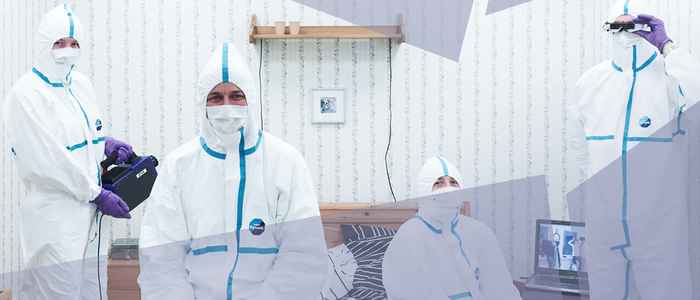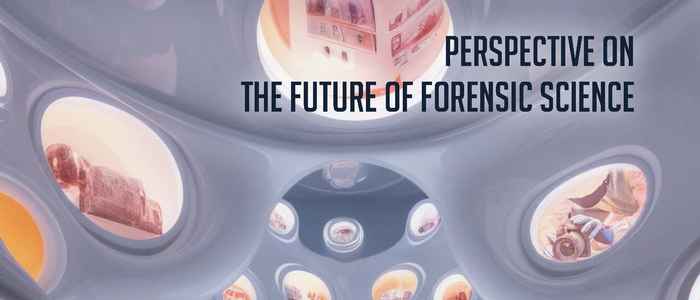In every forensic investigation, the proper and complete detection and preservation of traces is essential. This applies to both physical and digital evidence. Technological advancements such as portable analytical instruments, hyperspectral imaging, and advanced software make it possible to detect even the smallest traces in a reliable and efficient manner. Challenges include minimizing contamination, maintaining evidential value, and ensuring an uninterrupted chain of custody. Digital evidence such as data from phones, cloud environments or networks requires specific access and validation techniques. Forensic work begins with the trace – and that requires state-of-the-art innovation.
This theme focuses on ...
- Typical forensic questions and potential research ideas:
- How can digital traces be reliably secured without compromising the integrity of the evidence?
Research idea: Develop a protocol for forensic-safe live forensics in networks. - What portable techniques are suitable for fast detection of blood on dark surfaces?
Research idea: Evaluate hyperspectral cameras for forensic blood visualisation. - How can contamination risk be minimised during trace recovery?
Research idea: Design contactless sampling methods and validate them in realistic crime scene settings.
- How can digital traces be reliably secured without compromising the integrity of the evidence?






